I find it a weird mix of sad and amusing that our current culture spends so much time killing dandelions. These nonnative lettuce relatives were brought to the United States from Europe for their very useful purposes as food and medicine.
In a great stroke of what now seems irony, the grass was torn out of areas to make room for valuable dandelion plants. Even the Latin name (Taraxacum officinale) translates to “official cure for disorders” which gives a clue to the esteem this weed once held.
Though it may be 2023, we are still influenced by previous decades of propaganda that assigned the use of plants like dandelion an undesirable, low-class connotation. We’ve fallen into a fabricated middle-class ideal of having an unmarred, useless lawn of green to compare with the Joneses’ next door. Now we poison and rip dandelion out of the lawn as we kowtow to the HOAs, replacing food plants with turf that no one eats.
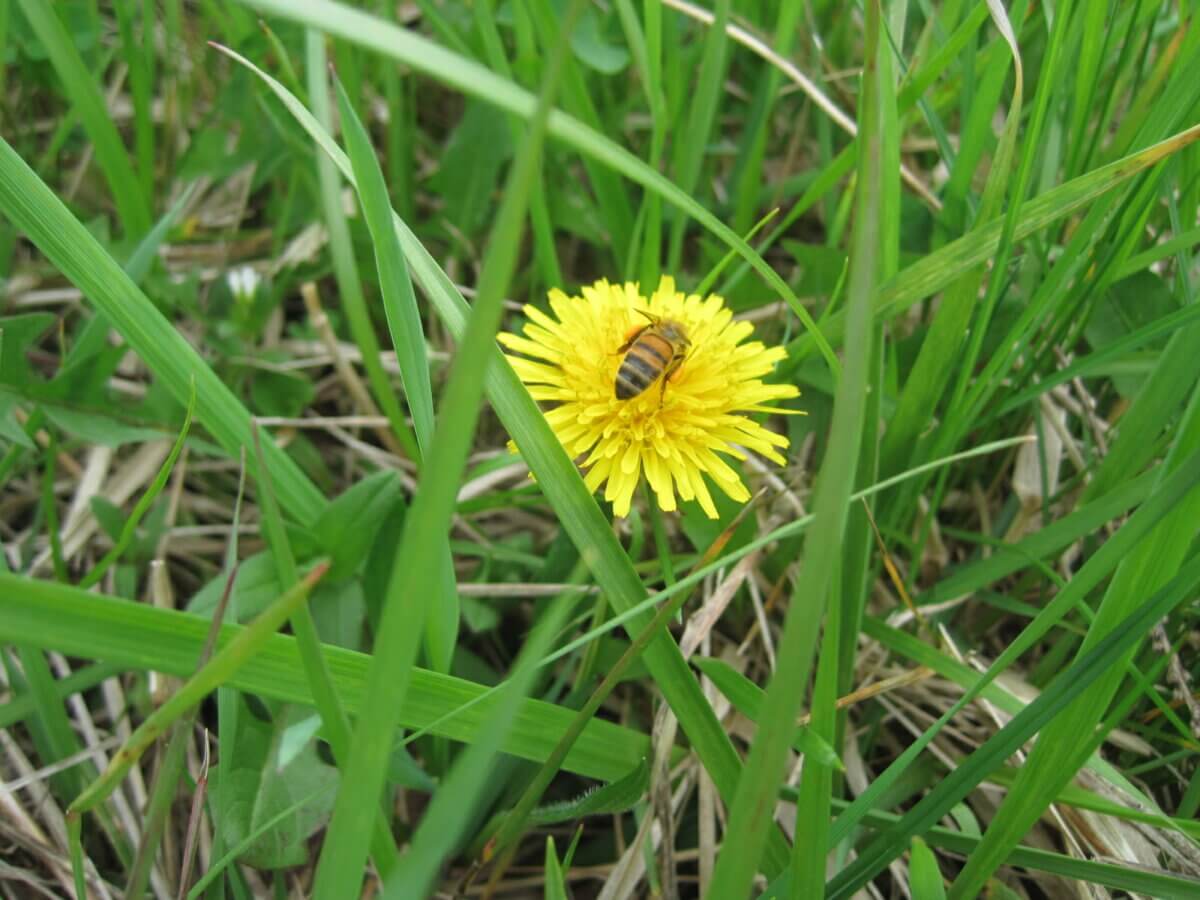
Time to flip the tables again, and take advantage of the free gift that dandelion offers spring after spring, even though we’ve spent millions of dollars and many hours fruitlessly trying to spray it into oblivion.
If you’re totally new to foraging, dandelion is probably the easiest and safest plant to harvest. Every part of generous dandelion, from flower to leaf to root, is safe and edible, giving you a wide range of material to play with and taste.
Related Post: Why You Should Keep Your Dandelions
Dandelion tea is one of the easiest ways to enjoy both the epicurean and health benefits of a mess of dandelions. But you’re not limited to one type of dandelion tea. You can easily make several different and totally delicious concoctions from different parts of the plant.
So grab a basket, set a pot of water to heat, and let’s go turn some unloved lawn weeds into locally-harvested and organic craft beverages that even the most snobbish of foodies would be interested in sampling.
Foraging Dandelion Safely
As I just mentioned, dandelion itself is one of the safest plants to forage — it’s pretty much unmistakable! If you feel shaky about recognizing it in the field, however, its persistent ubiquity will ensure that it is present in any flower identification book you read.
Dandelion and its relatives will always exhibit a milky white latex when broken. It will ooze out of stem and leaf. The leaves and stems grow in a basal rosette, meaning they all connect to a single central point at the ground.
The size of these plants can vary widely from a diminutive pioneer somehow springing from the crack in the sidewalk, to the monster growing at the side of the compost pile, waving at you gently with foot-long leaves.
Plants growing in shade tend to have broader, more erect, and less toothed leaves (that are much better tasting!) than those growing prostrate in direct, all day sunlight. You can harvest dandelions in any part of the year that you find them. The leaves are slightly better in the spring and the roots are somewhat better in the fall, but they are generally great all the time.
Dandelion Lookalikes
Now, you may think that identifying dandelion should be pretty easy, but there are actually a few plants often confused with it. Though the summer growing flowers are obviously different, spring chicory plants (Cicorium intybus) grow in an almost identical looking basal rosette. The spring growth of several wild lettuce species (Lactuca spp.) are also similar to an untrained eye. Hairy cat’s ears (Hypochaeris radicata) has a very dandelion-ish bloom as well.
But here’s the good news: All the lookalikes are similarly safe and edible. If you end up harvesting chicory roots along with your dandelion roots, or if you gather wild lettuce leaves in your basket of dandelion, you probably won’t taste the difference.
The most important thing to keep in mind about foraging dandelion isn’t the safety of the plant itself, but the safety of the environment where you’re foraging. Only harvest dandelion from areas you are absolutely assured haven’t been sprayed with herbicides.
Remember! Many people are still waging a chemical war against this generous plant, so don’t get caught in the crossfires of their Roundup rampage. Public areas, roadsides, and neighborhood common places should all be avoided. It’s highly likely those places can be contaminated.
But when you have found a safe place, you can harvest with abandon. Dandelion is so persistent and so common, there’s little chance you’ll even make a dent in the local population. On gathering day, bring a digging tool like a Hori Hori knife so you can get the root as well as all the aerial parts. After harvesting the roots, be sure to return the soil and not leave a hole for someone else to trip over.
You can make dandelion tea from just the flowers, just the leaves, just the roots, or all of them together. Mix-and-match and experiment — you know there’s plenty of dandelion out there, so don’t be shy. For the recipes in this article, we’ll be focusing on how to use the blossoms and roots for drinks, but the opportunities with dandelion at the dinner table are also manifold.
The leaves are an excellent tonic food, delicious stir-fried or formed into a wild greens fritter. They are jam-packed with vitamins. Tender roots can be sautéed. Flowers can be batter-dipped and fried or baked on a pizza. And if you have any extra plant material at the end of the day, your chickens will happily clean up after you.
Dandelion Tea From the Blossoms
The instantly recognizable dandelion blossoms are edible raw or cooked and have a pleasant, bittersweet-flowery quality that blends well in a tea. When walking our fields in the spring and summer, I often gather handfuls of fresh dandelion blossoms and mix them with other edible flowers for a naturally sweet, complex, flavorful brew that’s excellent hot or cold.
Ingredients
- 1 handful fresh dandelion blossoms (roughly 8-10 flowers)
- Eastern beebalm blossoms or leaves
- Elderflower blossom
- Red clover blossoms
- Mint leaves of any species
- Lemon balm leaves
- Blackberry leaves
- Wild strawberry leaves
- Sassafras twigs or leaves
All of the ingredients (aside from the dandelion) are optional but may be blooming at the same time if you know where to look. Pick and choose at will.
Directions
- Shake the blossoms to make sure no living inhabitants accidentally hitchhiked into your kitchen.
- Pile them (and any other ingredients) into a big pot, pour 4 cups of cold water over tops, and cover. Bring the water to a near boil, then let sit and steep for 5 minutes.
- Strain the beautifully golden, resulting liquid into cups, add a teaspoon of honey — if desired — and sip.
- Alternately, strain the liquid, mix in 3 tablespoons of sweetener, and chill. Serve over ice with a fresh mint leaf or two for a wonderfully refreshing iced dandelion tea.
Roasted Dandelion Root Tea
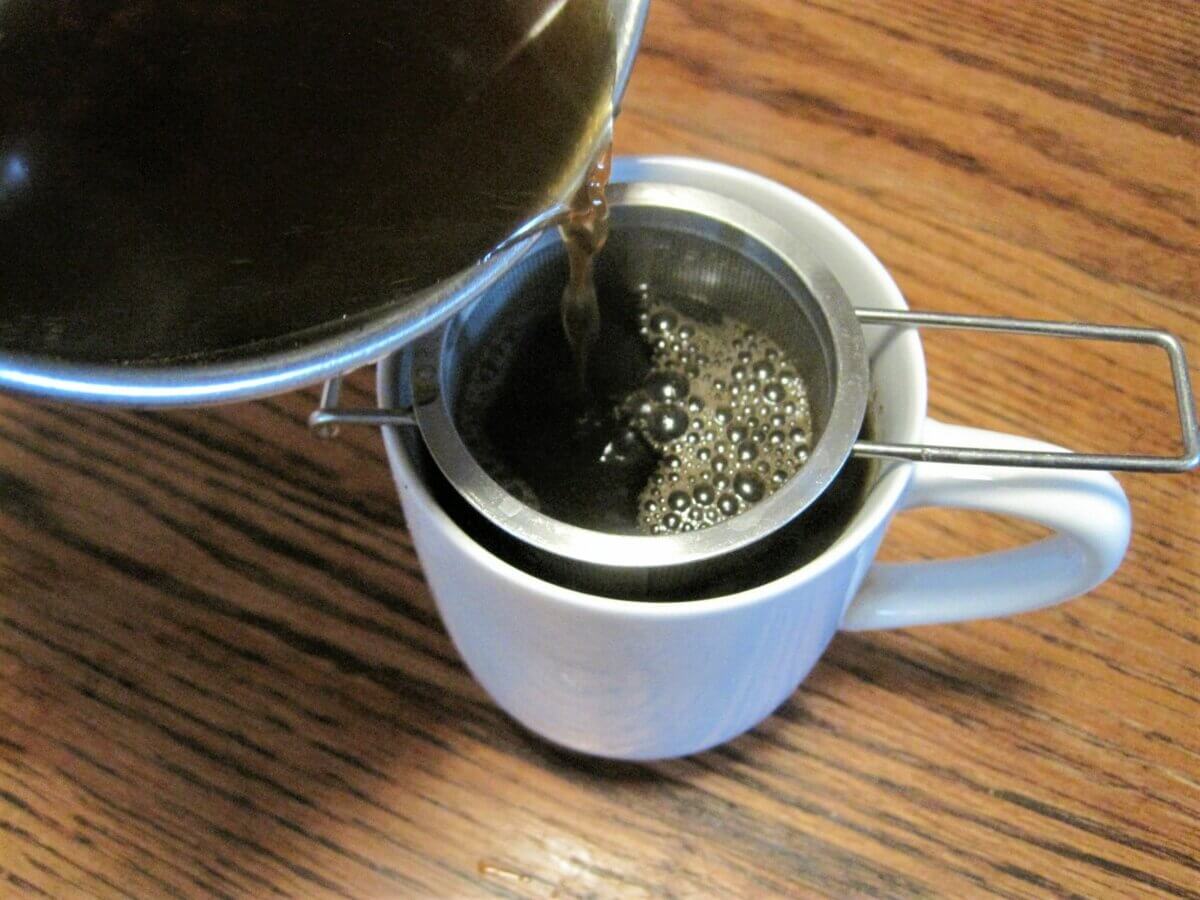
If you’re trying to kick a coffee addiction, a caffeine-free dandelion tea may help you satisfy that roasty itch without giving you the twitch.
I detailed how to make an acorn coffee-substitute in an Insteading article here. Making a roasted dandelion tea follows much of the same process, but it’s easier.
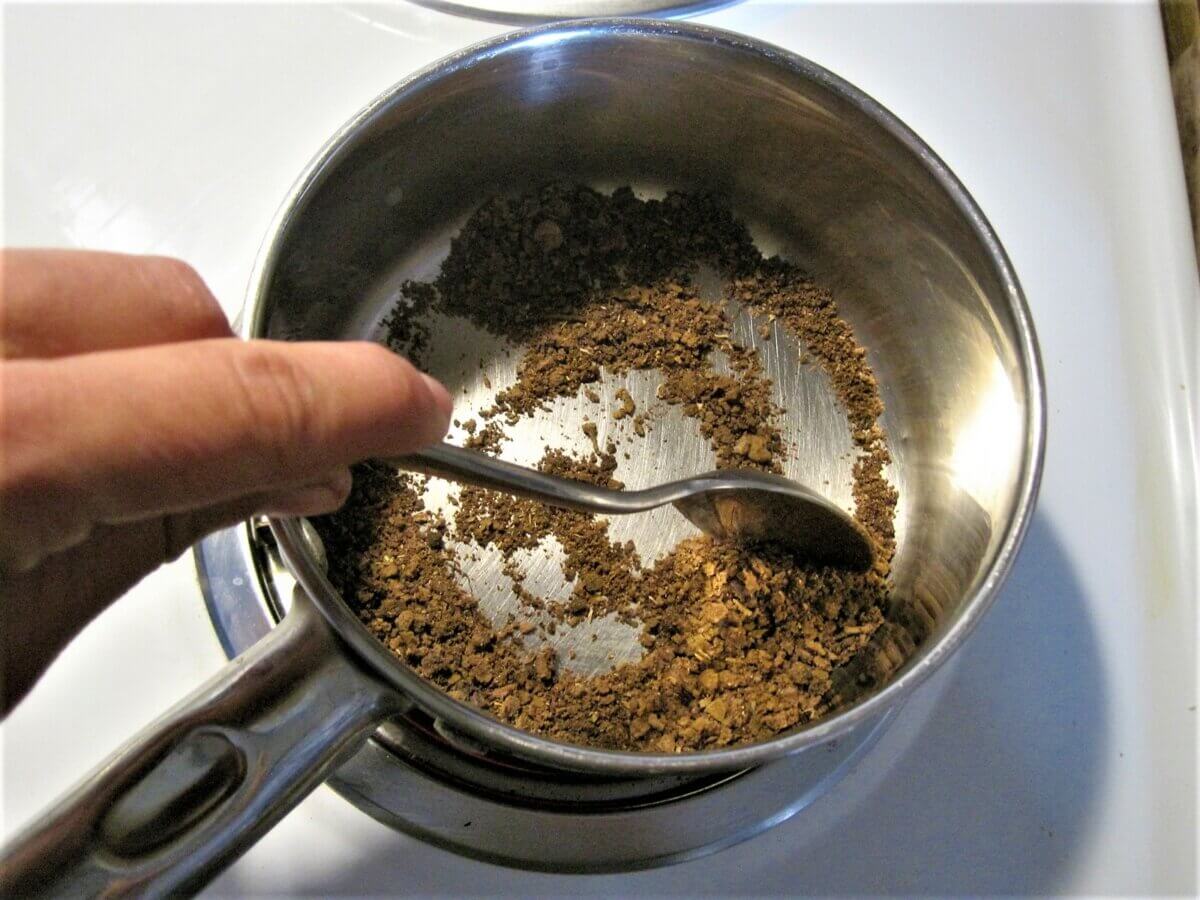
Directions for Roasting Dandelion Root
- Head to the garden and dig up a mess of roots, and thoroughly wash them.
- Then dry them — you can either dry them whole or chop them into rounds. A dehydrator works, but you can also spread them on a tray to dry at room temperature for about a week or so.
- When dry, roast the roots. I recommend grinding the dry roots unroasted, and then roasting small, experimental batches in a pan before brewing. This gives you the opportunity to figure out how dark you like your dandelion roast. Once you get a feel for it, you can roast a big batch of roots in the oven at 325 degrees Fahrenheit for anywhere between half an hour and an hour — whenever they reach the doneness you prefer.
- Once cool, grind them all in a coffee grinder and breathe in the rich aroma.
You’ll need anywhere between 1 and 3 tablespoons of ground roots per cup of water. Again, you’ll have to find what ratios you prefer for yourself. You can try brewing the “coffee” in your coffee maker, but I find that I get a much better extraction of flavor by simmering it on the stove for five minutes, and then pouring the rich, dark liquid through a tea strainer into my cup.
You can enjoy the coffee-tea (cofftea?) straight, but it’s excellent with milk as well.
Dandelion Latte
This is one of my favorite concoctions. On a crisp, fall morning with winter squash curing in the yard, before the frost and feathers from molting chickens are blowing in the breeze, nothing beats a steaming mug of this warm, comforting, and jitter-free brew.
Ingredients
- 3 tablespoons roasted dandelion root (see directions above)
- 1 tablespoon roasted dandelion root, 1 tablespoon roasted chicory root, 1 tablespoon hot-leached, roasted acorn flour
- 1/2 teaspoon cinnamon (optional)
- 1/2 teaspoon vanilla extract (optional)
- 1 tablespoon sweetener (raw sugar, honey, or maple syrup are all good options)
- 1 cup milk of your choice
- Dash of salt (optional)
*Or sub in 1 tablespoon of roasted dandelion root, roasted chicory root, or hot-leached, roasted acorn flour
Directions
- Mix the roasted roots with 3 cups of water. Bring to a boil, then cover and let steep for 5-8 minutes.
- Add all other ingredients, and bring back up to temperature, if needed. A good drinkable temperature is around 145 degrees Fahrenheit if you have a kitchen thermometer.
- Pour through a sieve or tea strainer into cups, and enjoy.
You can personalize this beverage even more if you want. Brew, strain into a blender, and then add a tablespoon or 3 of cocoa powder with the rest of the mix-ins, and blend until you have a frothy, fragrant, free-foraged mocha.
Cancel the vanilla and grind up some cardamom, cloves, fenugreek and fennel seeds, and a knob of sassafras root, and mix them into the brewing tea for a wild, caffeine-free masala chai.
Health Benefits and Effects of Dandelion Tea
Dandelion is rich in vitamins and trace minerals including iron, calcium, potassium, inulin, and vitamins A, B, C, and D — to name a few. Though bitter flavors aren’t really valued in U.S. diets (we ignore that end of the flavor spectrum at the cost of our health). Regularly eating bitter greens both increases the production of bile in the stomach and aids greatly in digestion.
Related Post: How To Make Dandelion Wine
Dandelions can be used medicinally in several ways from using the latex to treat plantar warts, to reducing bloating during that time of the month, to supporting and stimulating the liver. Using dandelion tea therapeutically is beyond the scope of this article, so you’ll need to continue researching on your own if you’re interested in using it for healing.
What I will make sure you know, however, is that dandelion tea is diuretic — a kidney stimulator that allows the body to pass retained fluids. In layman’s terms? You’ll need to go to the bathroom. It’s no wonder the French name is pissenlit (roughly translated as pee the bed)!
So get out there and give it a try. There are so many ways to use dandelion that you are bound to find at least one drink to enjoy. Let us know about your delicious concoctions in the comments below.
Resources
- Nature’s Garden by Samuel Thayer
- Herbal Folk Medicine by Thomas Broken Bear Squier
- Rosemary Gladstar’s Medicinal Herbs, A Beginner’s Guide by Rosemary Gladstar
- Thirty Plants That Can Save Your Life! by Douglas Schar


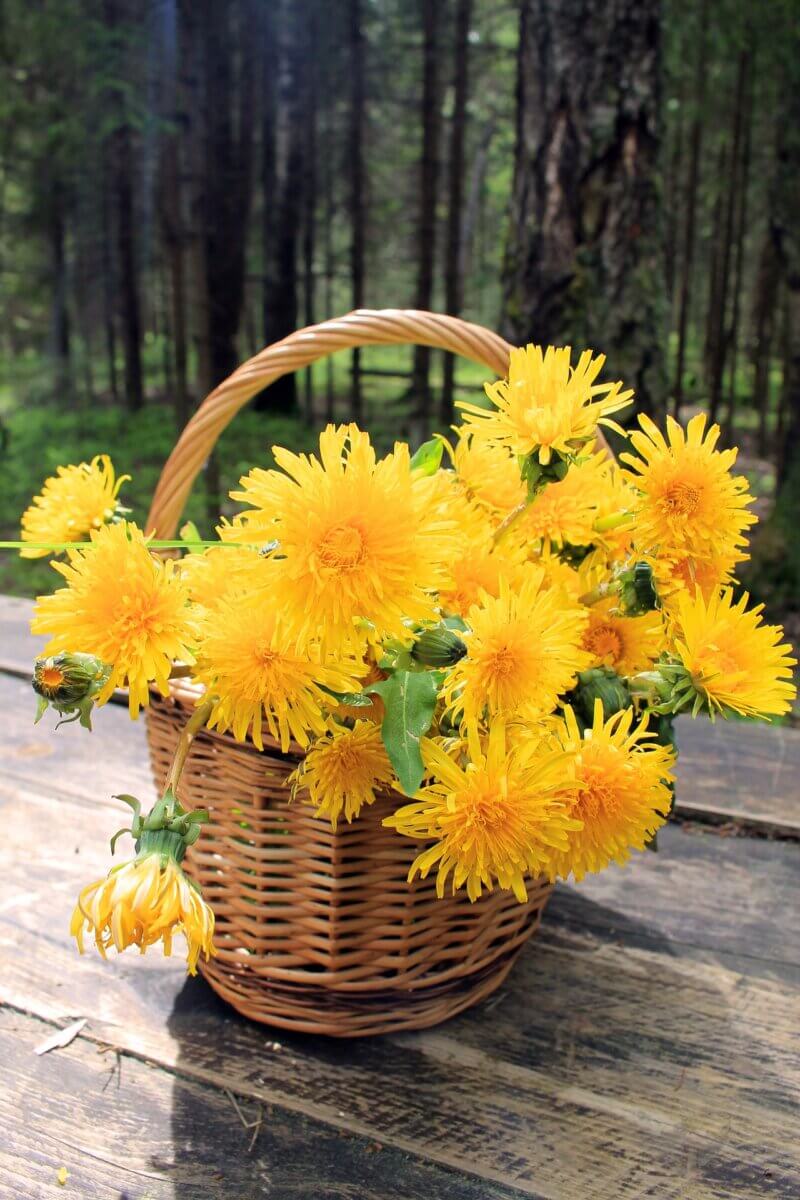
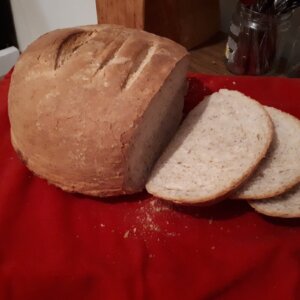

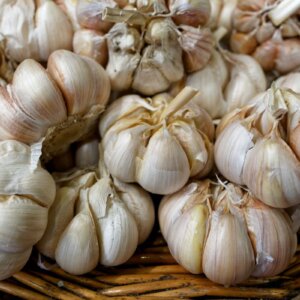


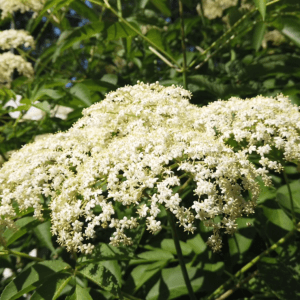

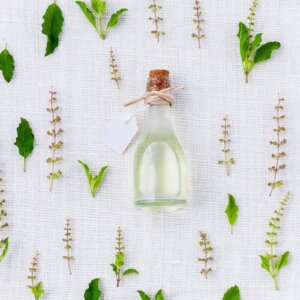

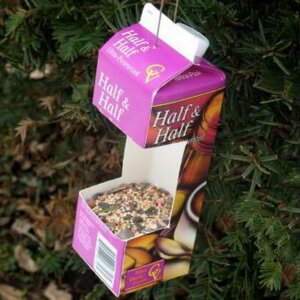



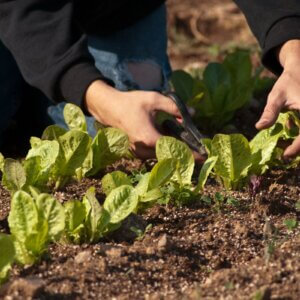


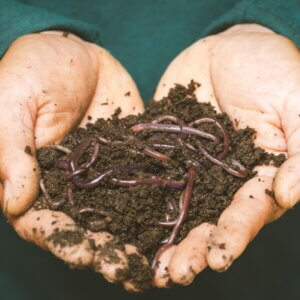

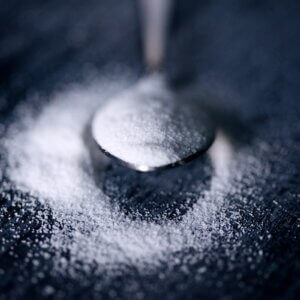
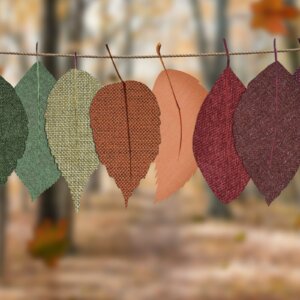



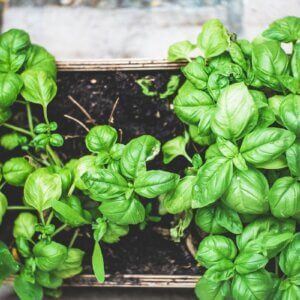
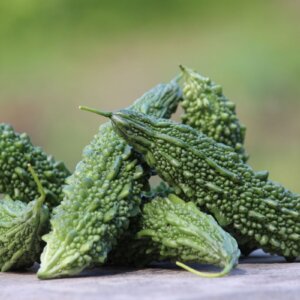


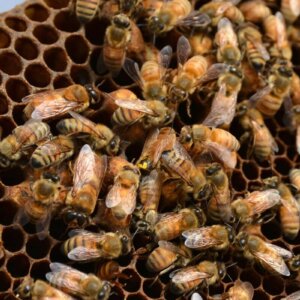
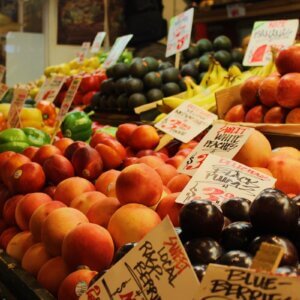

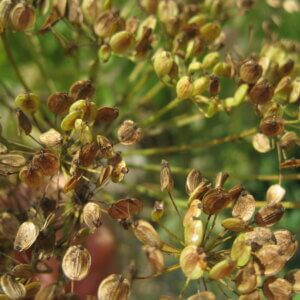



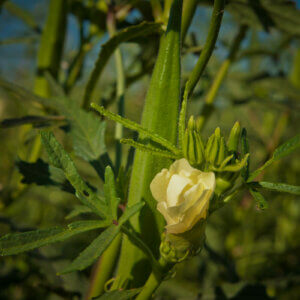
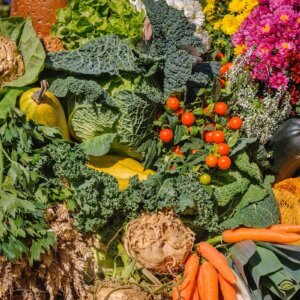


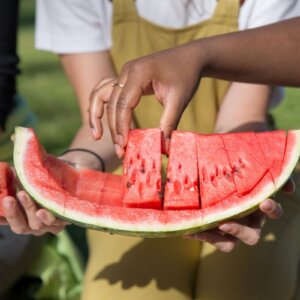
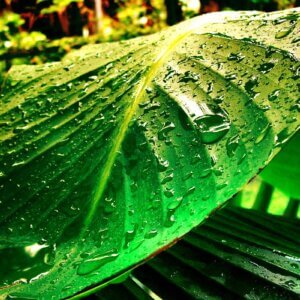
Leave a Reply